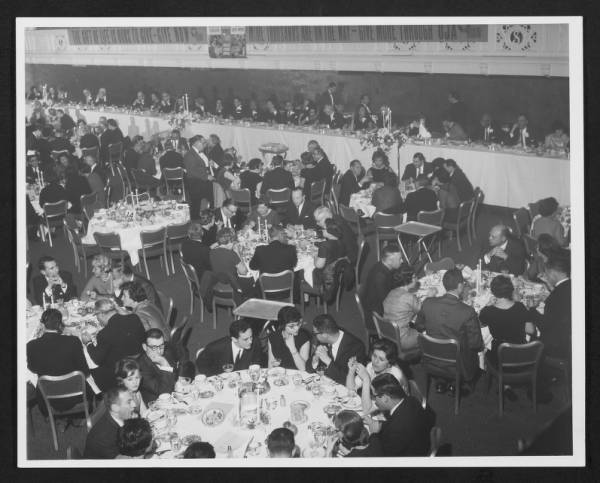
Buffalo is the second largest city in New York State. The first European settlement in the region was by the French in 1758, which was abandoned and followed by a British trading outpost in 1789. The town of Buffalo was founded in 1810. The first Jew to arrive in the Buffalo area was during the war of 1812, when Captain Mordechai Myers was assigned to the region. In 1825 the politician and Playwright Mordechai Manuel Noah bought Grand Island (just north of Buffalo) and established it as “Ararat,” a refuge for the Jewish people. It did not attract many residents and the idea was soon abandoned.
The first Jew to settle in the city of Buffalo was L. H. Flersheim who had immigrated from Frankfurt-am-Main, Germany, and arrived in 1835. He was followed by other Jews. The town’s first retail clothing store was opened in the 1840’s by a nephew of Mordechai Noah. The city’s first synagogue, Congregation Beth El, was established by Polish and German Jews in 1847. It was the first synagogue established between New York and Chicago. Differences led the German Jews to form their own congregation, Beth Zion, in 1850. Beth Zion is still in existence as a reform congregation; Temple Beth El was in existence as a conservative synagogue until 2008, when it merged with another conservative congregation to form Temple Beth Tzedek.
The growth of the city of Buffalo really began with the opening of the Erie Canal in 1825, with Buffalo as its western terminus. In the late 1800’s the Erie Canal was superseded by the railroads, and Buffalo continued to be a major transportation hub as grain from the Midwest would arrive in Buffalo by ship on Lake Erie and then continue by rail to the cities of the east coast. By 1900 Buffalo was the eighth largest city in the U.S.
Buffalo’s Jewish population also increased dramatically during this time, especially with the wave of immigration from the Russian Empire beginning in about 1880. The center of Jewish life shifted from lower Main Street to the East Side of Buffalo. There were about twelve Orthodox synagogues in the area, as well as a Jewish library, and a community house.
In the first half of the 20th century the Jewish population of Buffalo shifted from the East Side first to the West Side, then to mid-Buffalo (Humboldt-Utica-Ferry area), then to the Hertel Avenue-North Park region of North Buffalo.
Buffalo began to decline in the 1950’s, with the opening of the St. Lawrence Seaway, and the later closing of much of the heavy industry, such as steel mills, in the area. The population has fallen by about 50% since 1950, as has the population of the Jewish community. Much of this population drop is due to young adults leaving for other regions of the country. Within the Buffalo area there has been a move from North Buffalo to the suburbs, such as Amherst. With the population decline has come closings and mergers of congregations.
Source: Plesur, Milton, "Buffalo," Encyclopedia Judaica, 2007, plus other sources.

United Jewish Appeal dinner, 1963. Courtesy, University Archives, State University of New York at Buffalo